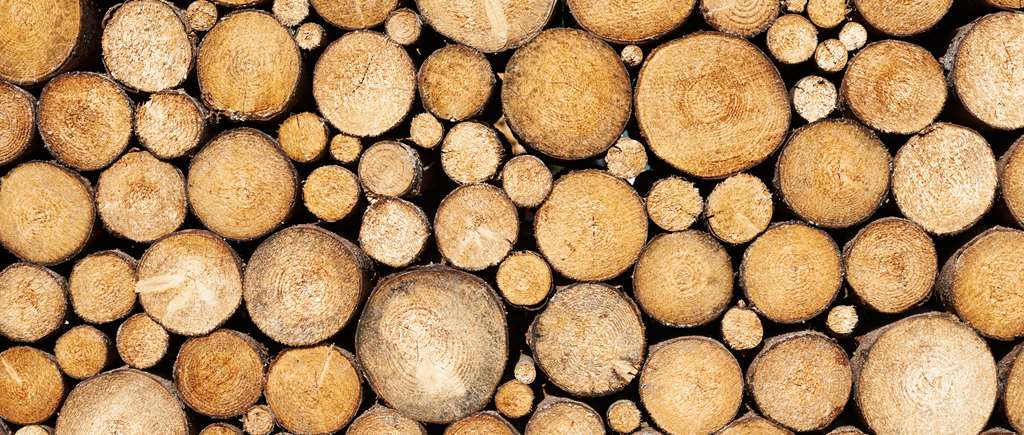Lignin is the binding agent in wood and the world’s second most abundant biopolymer after cellulose. Lignin is the raw material for Borregaard's biopolymers.

Lignin is the binding agent in wood and the world’s second most abundant biopolymer after cellulose. Lignin is the raw material for Borregaard's biopolymers.
Biopolymers are naturally occurring polymers produced by living organisms. Biopolymers consist of monomeric units that are bonded to form larger molecules. Well known examples are polynucleotides as in our DNA and polymers of amino acids forming proteins. Polysaccharides are linear or branched biopolymers from sugar, including starch, cellulose and alginate. Lignin is one of the main biopolymers in wood, built from aromatic units. All these biopolymers contribute to essential processes and structures to maintain life on earth. Biopolymers have been found to have valuable properties that can be utilised in industrial processes and for various applications including food, construction, chemicals and packaging.
With growing concern about the negative impacts of environmental pollution from fossil fuels and waste from petrochemical products, much research has gone into exploring renewable alternatives that would pose less risk to the environment. Biopolymers are one such possible solution to the challenge as they possess many of the inherent functionalities needed and they can be obtained from renewable raw materials.
Wood is composed mainly of three macromolecular species: cellulose, hemicellulose and lignin. Cellulose and hemicellulose are polysaccharides, whilst lignin is built from aromatic units. Lignin performs multiple functions that are essential to the life of a plant and is the second most abundant biopolymer after cellulose. Lignin is the raw material for Borregaard's biopolymers. The main function of lignin in plant life is binding the fibres together, imparting structural rigidity and creating a composite material that is outstandingly resistant to impact, compression and bending. By extracting lignin from wood, a range of lignin-based biopolymers can be obtained including water soluble lignin such as lignosulfonates.
In contrast to native lignin, lignosulfonates are water-soluble due to fragmentation and the introduction of sulfonate groups. Native properties of lignin in combination with customised modification, have resulted in production of a wide portfolio of sustainable biopolymers which are used in dispersing, binding, crystal growth control, complexing, emulsion-stabilising for many applications.

Our lignin-based biopolymers are tailor-made to fit your technical needs